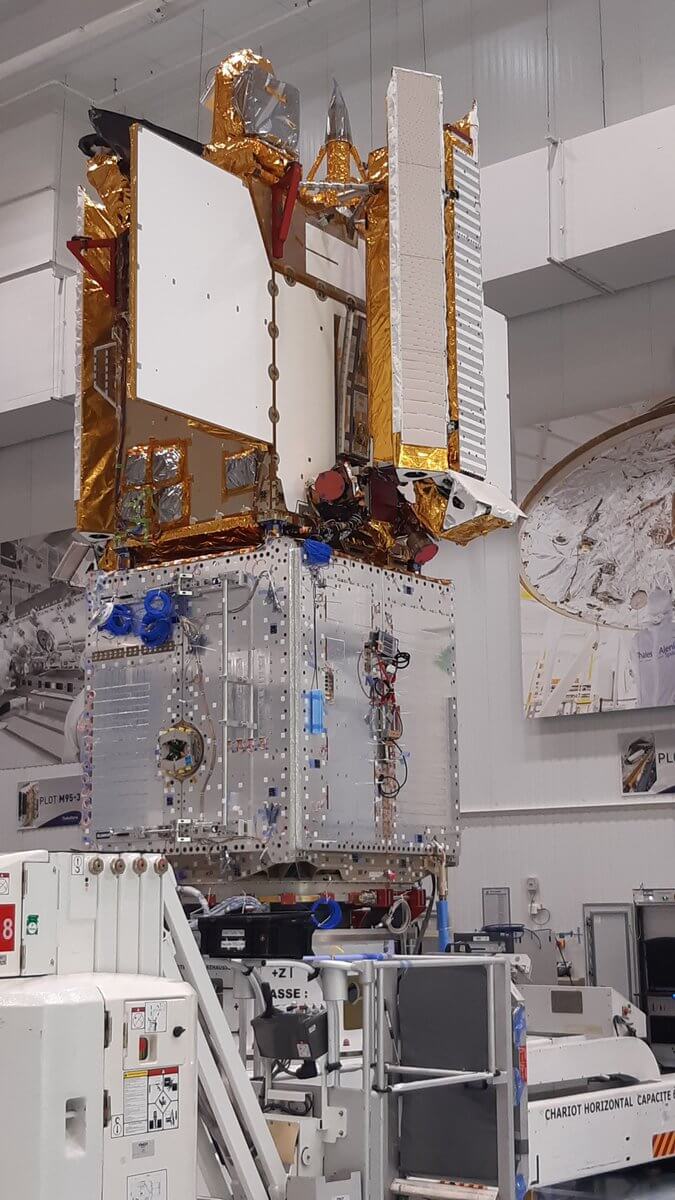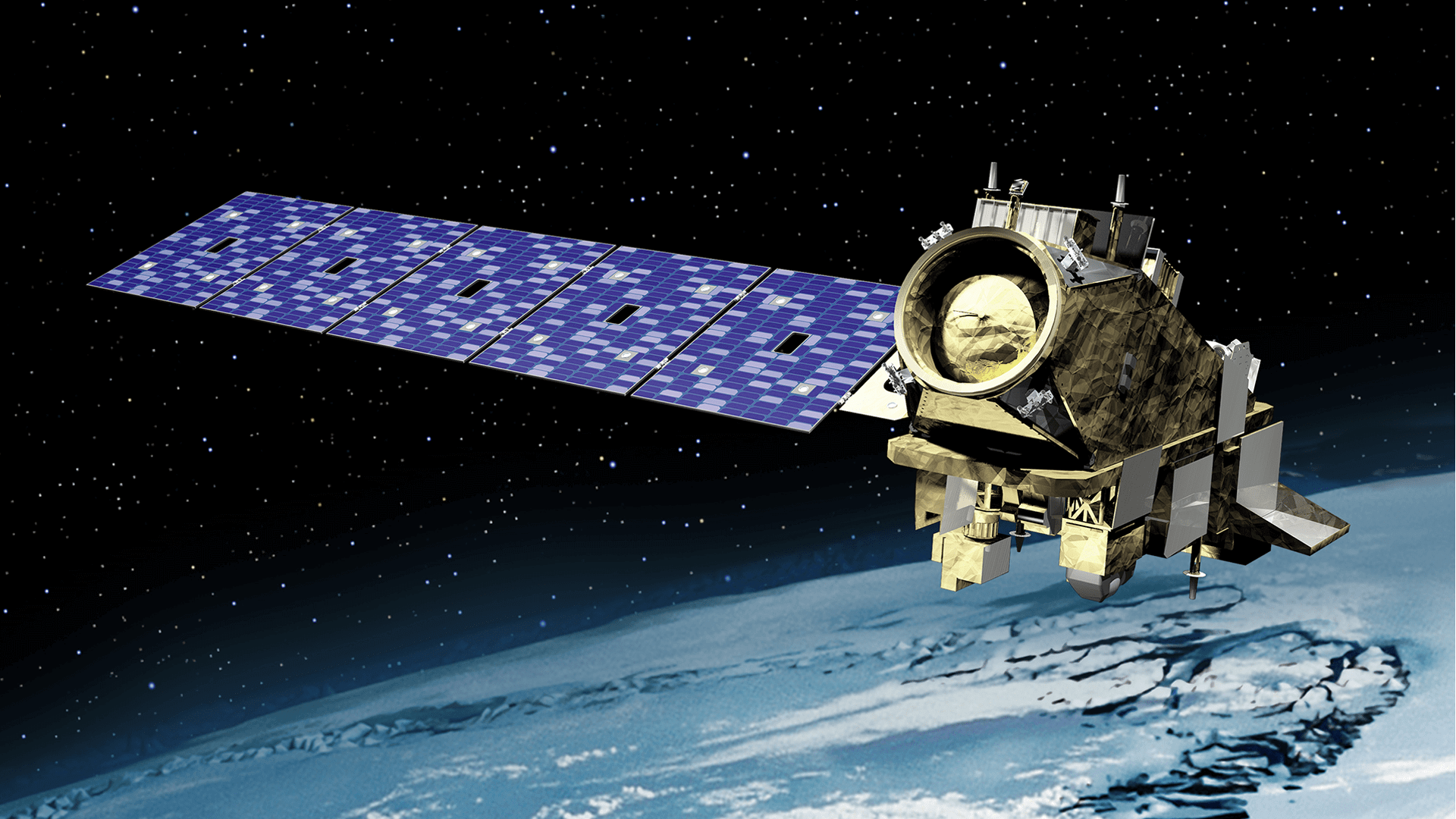The tasks are TROPICS, EMIT, JPSS and SWOT. Each of them offers something unique and adds a new way to understand and protect our home

Outer space is a great place to go if you want to explore Earth. Although outward-looking spacecraft like Hubble and the much-anticipated James Webb Space Telescope get most of the public's attention—understandably because of the spectacular images of distant astronomical phenomena they send back—the vast majority of satellites in orbit are actually focused on our home planet. Viewing the Earth from space has unique advantages for scientists who hope to measure changes and patterns here on Earth that cannot be measured from the ground. In 2022, NASA will launch four new Earth science missions, each offering something unique and adding a new way to understand and protect our home:
1. Time-separated observations of precipitation structures and intensity of storms using a group of small satellites (TROPICS)
The first mission is TROPICS, which is not one satellite but a group of six small satellites. These small satellites will jointly study tropical storms. They will make microwave measurements of these large storms and will be able to observe precipitation levels, temperatures and humidity as they form. Despite the small size of the satellites, the advantage TROPICS will have over traditional weather satellites is their ability to take measurements more frequently, which will make it easier to see how storms develop and change over time. The result will be better models and forecasts when tropical storms occur.
2. Investigating the sources of mineral dust on the surface of the country (EMIT)
EMIT is not a space vehicle in its own right, but a device that will be attached to the International Space Station in 2022. Its main purpose is to study dust in the Earth's atmosphere, dust that the wind collects in arid regions and carries around the world.
3. A system of shared polar satellites ( JPSS )
"Polar" in the name of this mission does not refer to the research object but to the type of orbit. JPSS is a series of satellites that orbit the Earth from the North Pole to the South, with the Earth rotating below, and this allows them to survey the entire Earth, twice a day. These weather satellites will provide data on ocean and atmospheric temperatures, as well as information on forest fires and other important weather events.

4. Topography of surface waters and seas (SWOT)
SWOT is a large single satellite designed to measure water level changes in the Earth's seas, lakes and rivers. It will be the first ever global survey of the world's surface waters.
The SWOT satellite is attached to a platform at the Thales Alenia Space Center in Cannes. Credit: Emmanuel Briot (Wikimedia Commons)
SWOT enables a vital capability that is currently lacking in the Earth observation fleet, and its importance will only increase in the coming years as climate change and overuse contribute to water shortages in many parts of the world. SWOT can provide researchers with information on the amount of fresh water available, changes in river routes with the seasons, and changes in sea level. Its main device is a radar interferometer that sends a signal down to the surface of the water and picks it up again using two different antennas. SWOT is scheduled for launch on a Falcon rocket November 9, 2022.
to meOpinion on the Universe Today website
More of the topic in Hayadan:
- Towards the next storm - less rainy winters, but the storms will be more powerful and concentrated
- What's next for NASA?
- New research: the amount of rain will decrease by 25%, but most of it will fall in storms with unprecedented intensities
- the fire clouds
- Israeli researchers manage to predict solar storms days in advance thanks to artificial intelligence
